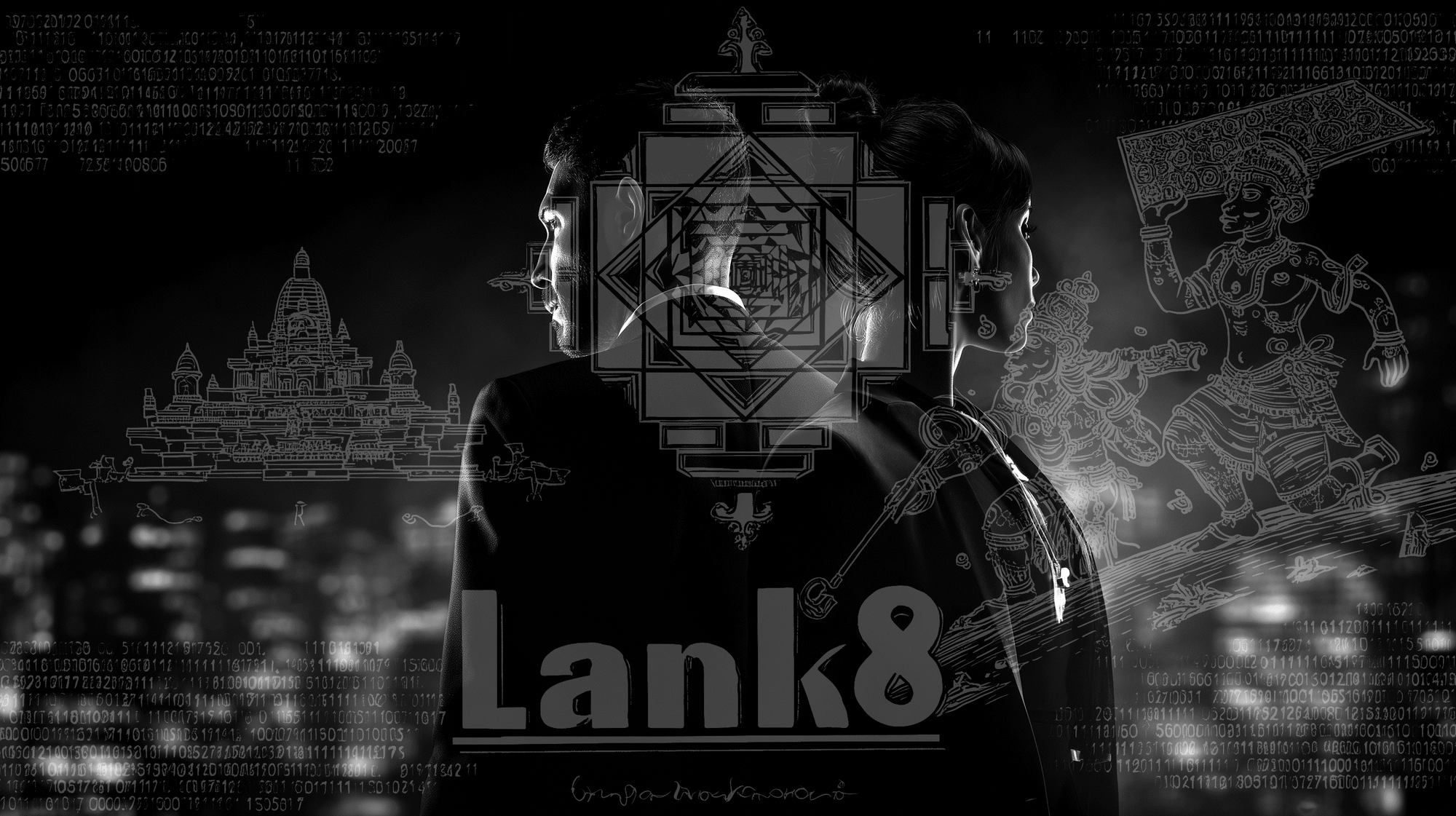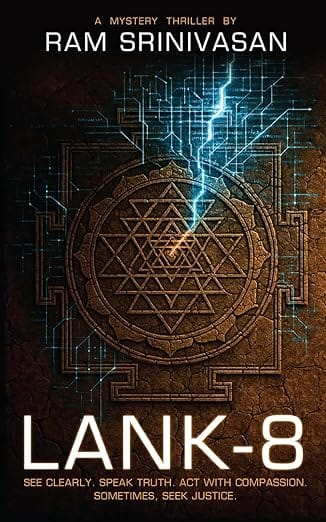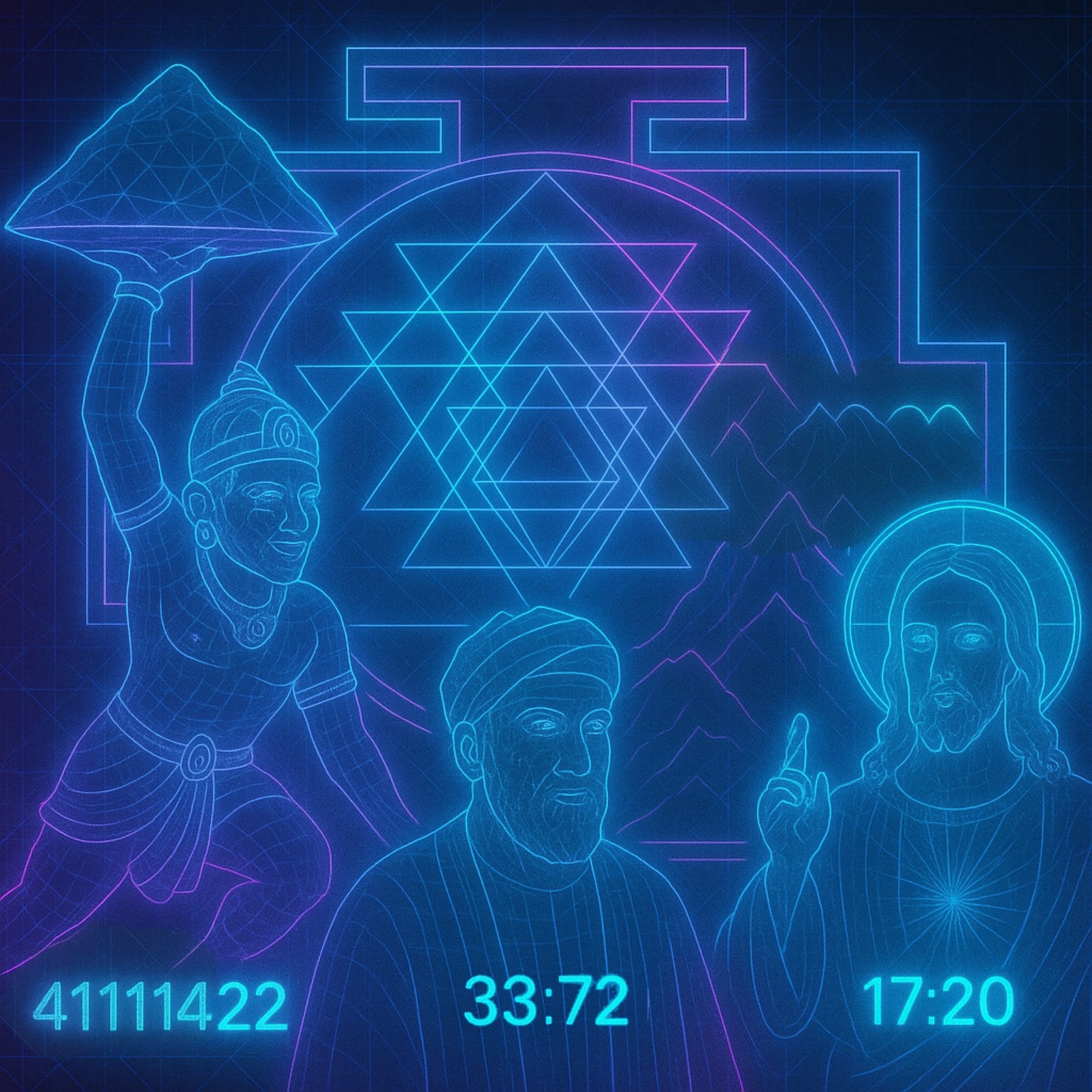Lank-8: a profound and enigmatic thriller
Lank-8 is a profound and enigmatic thriller, one that makes you question whether the future of AI and quantum security lies not in what is new, but in what humanity has always known—if only we remembered how to see.


Though I seldom read fiction these days, I stayed up half the night, caught in this page-turner. The book, the first part of a trilogy, is a labor of love, and in my opinion, crafted by Ram Srinivasan, who is an author deeply steeped in technology and Indian spirituality.

Review:
Ram Srinivasan’s Lank-8 is a gripping techno-mythological thriller that dares to fuse the cold precision of quantum cryptography with the timeless wisdom of ancient yantras and martial traditions. At its core, it is not just a thriller about cyber warfare—it is about the hidden patterns that govern both digital code and human destiny.
The novel follows cybersecurity expert Anchan Nair as he races to uncover the truth behind an evolving AI virus crippling global infrastructure. What makes Lank-8 stand apart is how seamlessly it interlaces modern technology with ancient Indian thought. As one passage reveals:
“But his greatest discovery came from studying the ancient yantras… Within their seemingly simple designs, he had discovered a mathematical principle that could revolutionize modern encryption.” (p.15)
Here, yantras are not mystical curiosities, but cryptographic keys bridging the spiritual with the scientific. This duality pervades the book. Characters grapple not only with data breaches and counter-honeypots but also with warrior philosophies from Kerala’s Kalaripayattu. As Guru Kesari counsels:
“The warrior does not resist force with equal force. He redirects, adapts, flows. Like water, like the banyan.”
The narrative transcends religion by presenting wisdom traditions not as dogma, but as universal knowledge systems. “Knowledge builds upon knowledge. No one truly owns mathematical truth.” In that single statement, Srinivasan captures both the peril and promise of our digital future: mathematics as both a liberating force and a contested weapon.
The antagonist Maricha—named after the demon trickster of the Ramayana—embodies illusion and disguise. Her code is deception, and her attacks are psychological as much as technological: she exploits loneliness, plants counterfeit vulnerabilities, and bends truth itself.
Yet beneath the cat-and-mouse espionage is a more profound enigma: patterns hidden in chaos, waiting for those who can see. One highlight distills the essence of the novel:
“The greatest warriors could see connections invisible to others—patterns within patterns.”
That is the philosophy of Lank-8. It is not only about cybersecurity or myth, but about the human ability to perceive order where others see disorder.
Srinivasan crafted a book that is uniquely its own—an exploration of how ancient wisdom might shape, and even save, the digital age.
Verdict:
Lank-8 is a profound and enigmatic thriller, one that makes you question whether the future of AI and quantum security lies not in what is new, but in what humanity has always known—if only we remembered how to see.

